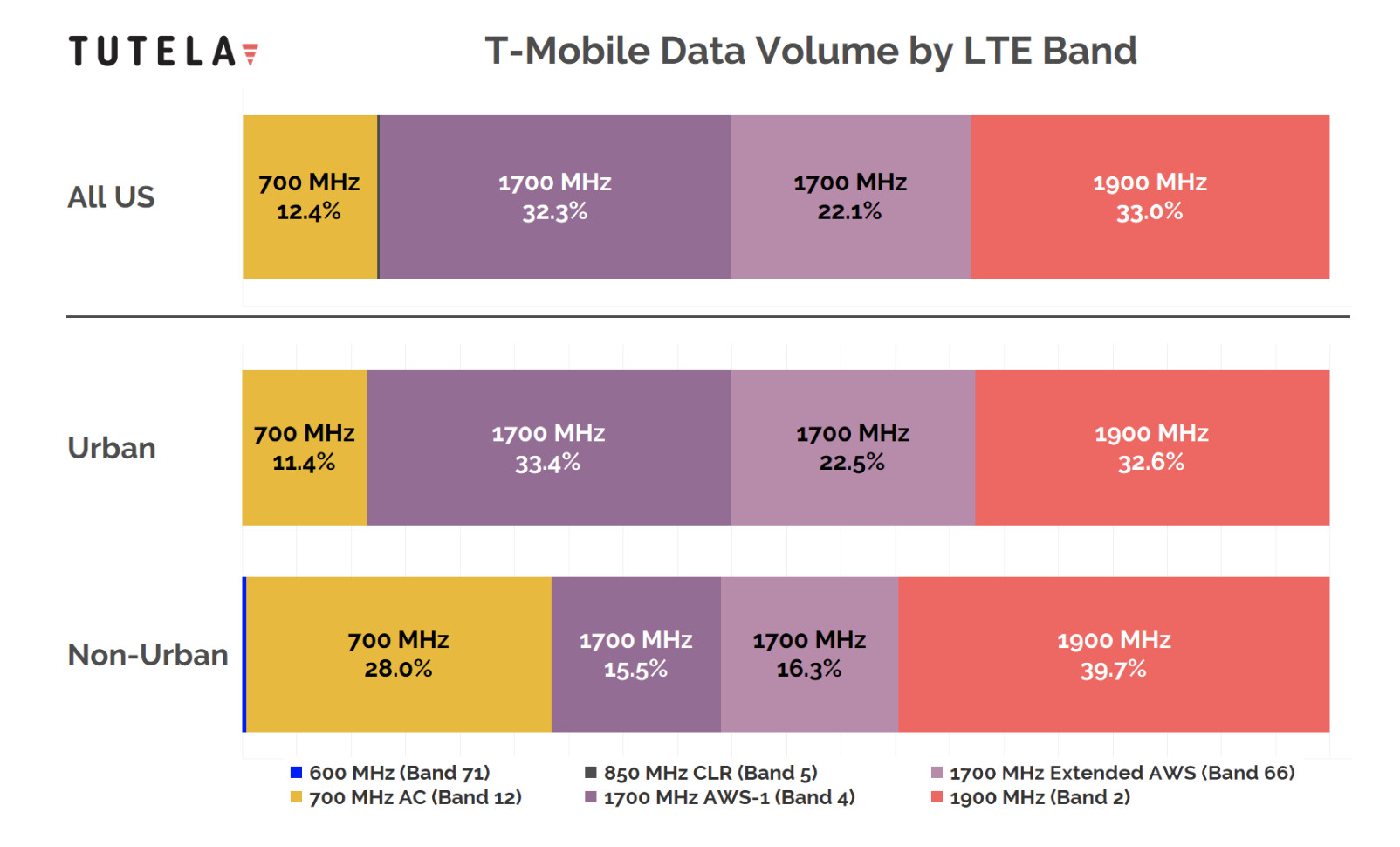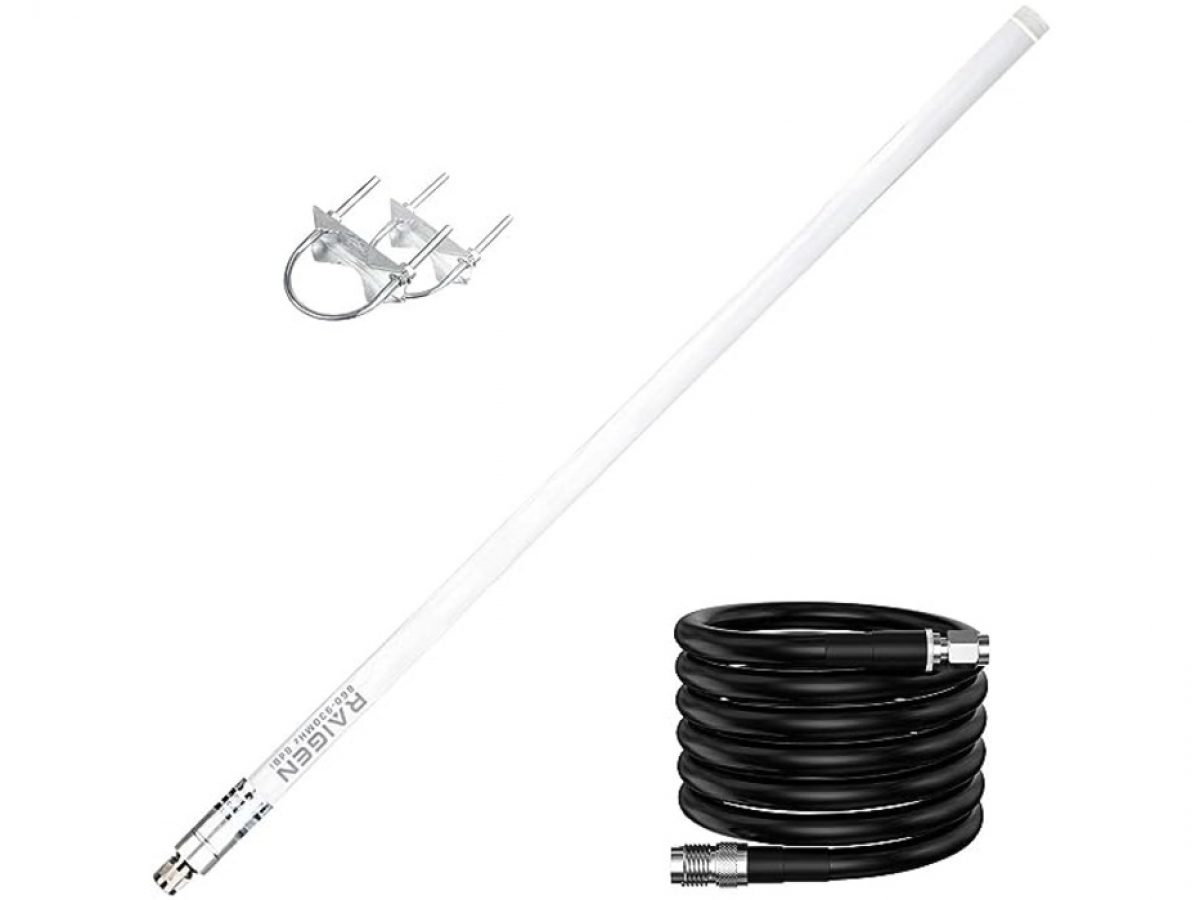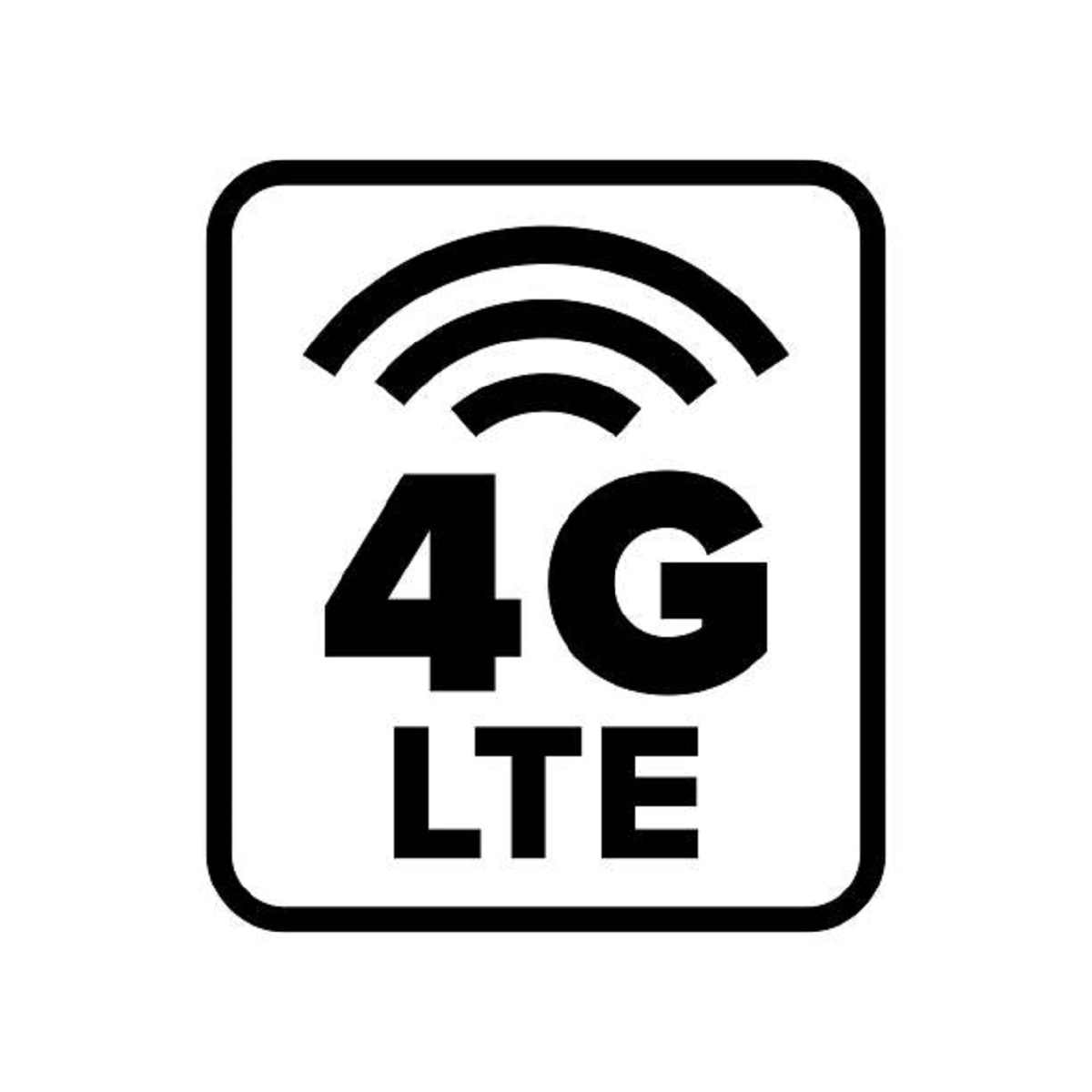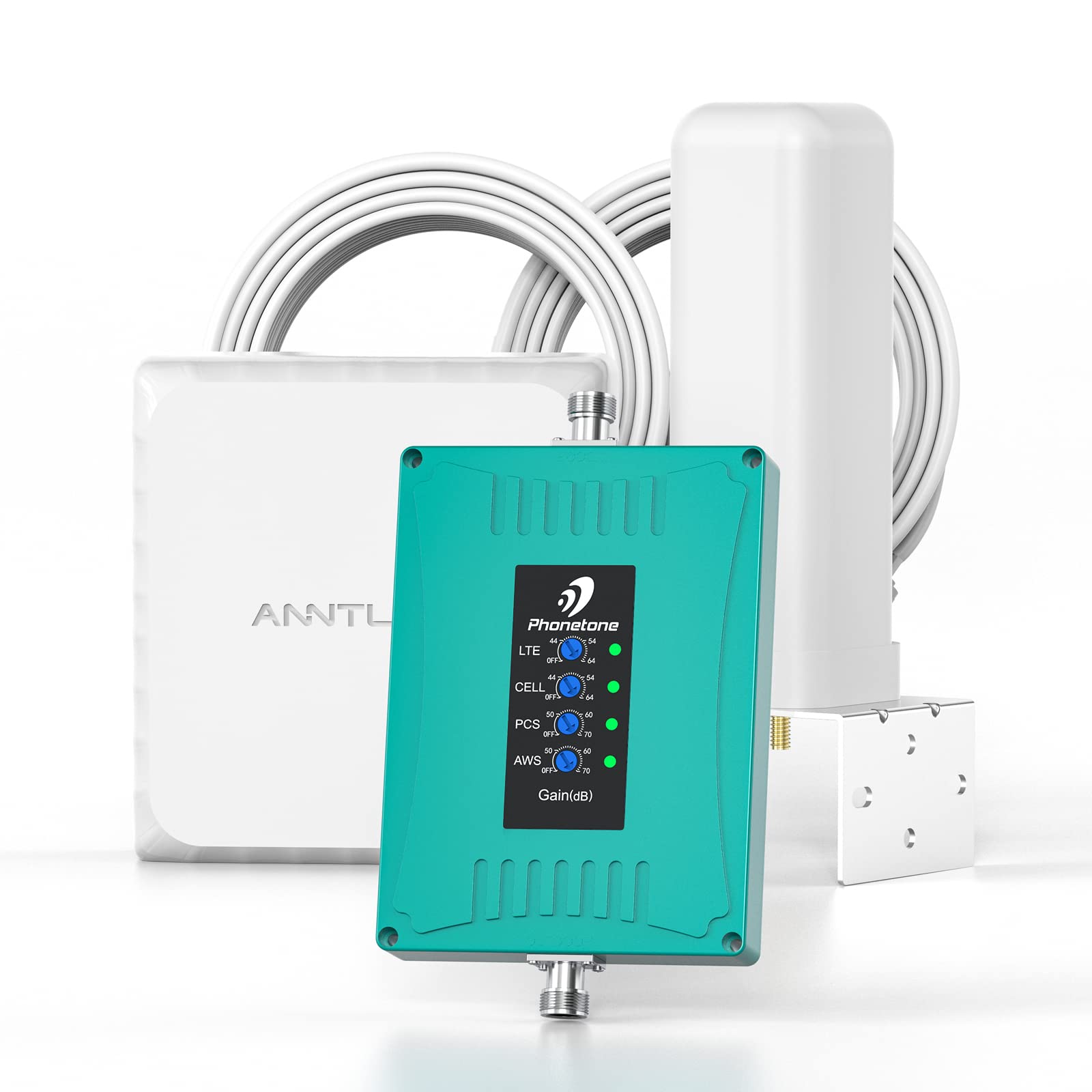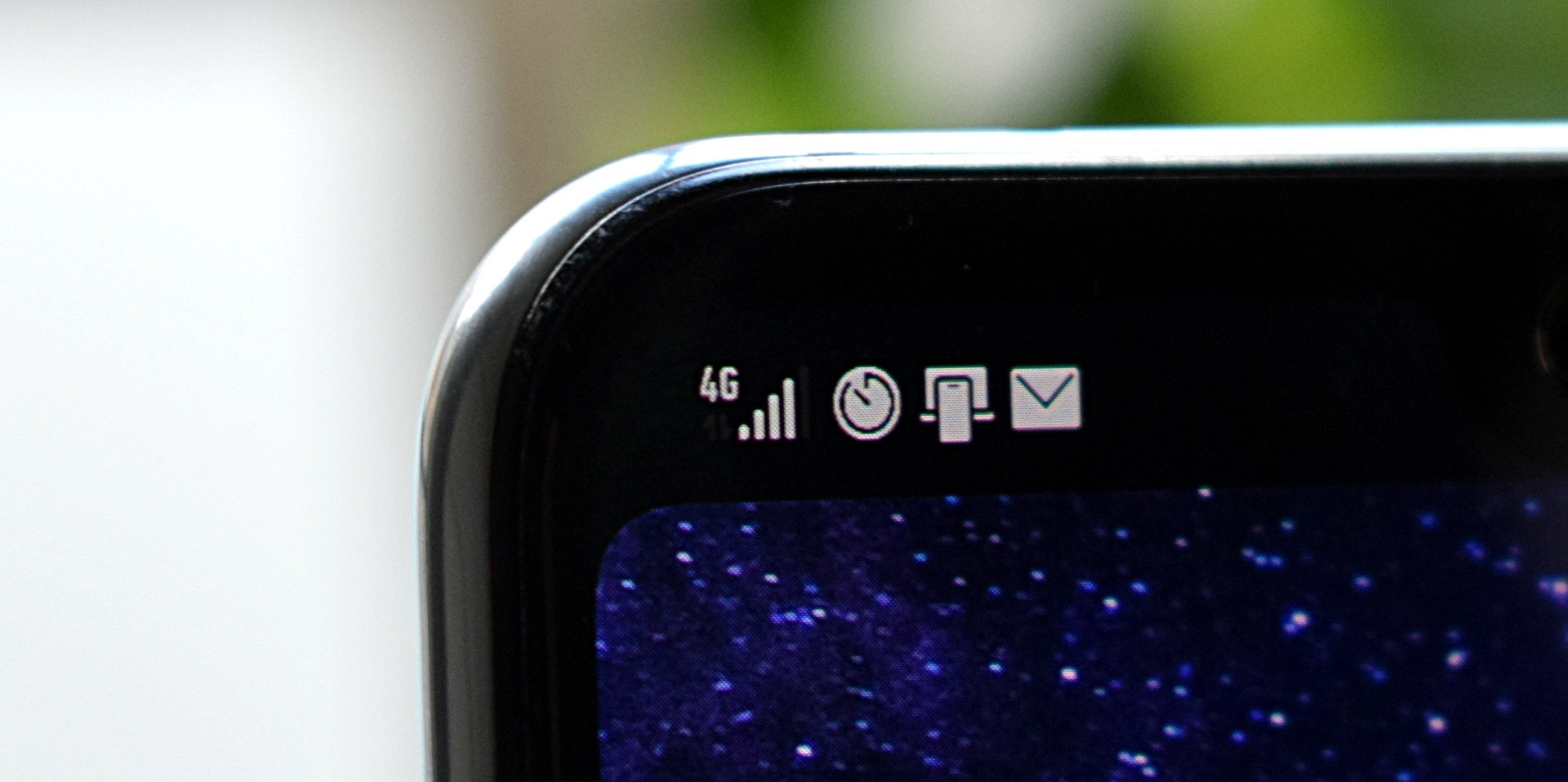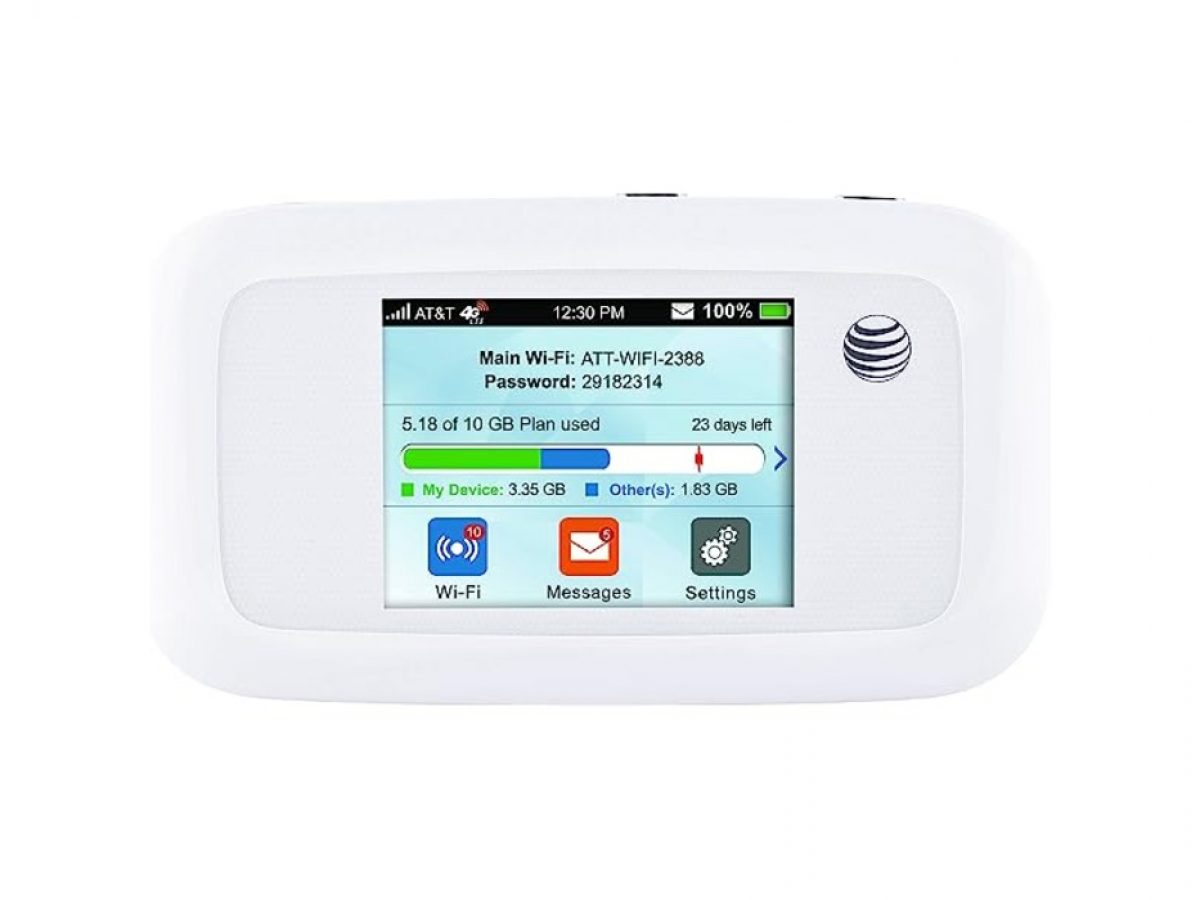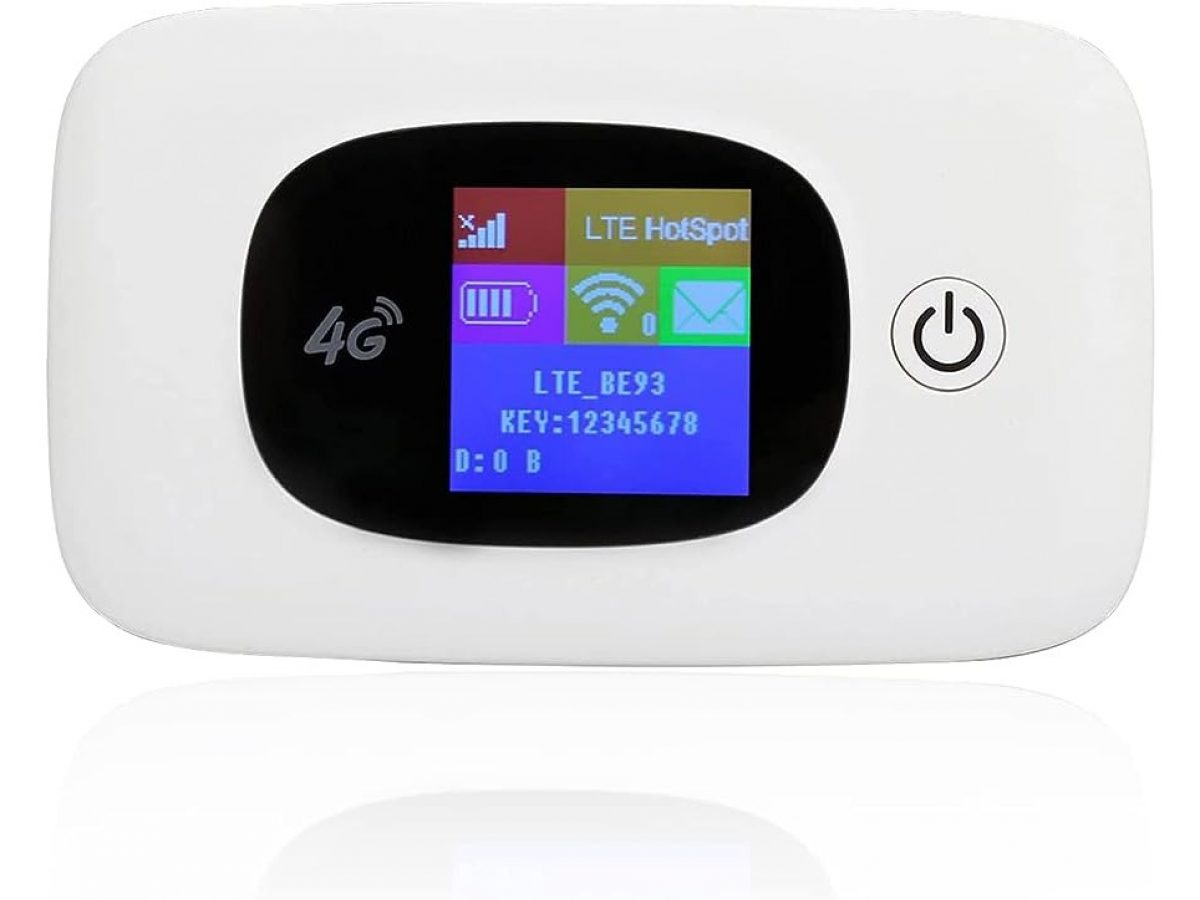What Frequency Is 4G LTE
You may have heard of 4G LTE, the latest generation of mobile network technology that offers faster, more reliable connections for your smartphone and other wireless devices. But have you ever wondered what frequencies are used for 4G LTE? In this article, we will explore the frequency bands used in 4G LTE and their significance.
Before diving into the specifics, let’s first understand the concept of wireless frequencies. Frequencies refer to the electromagnetic waves that carry signals to and from your mobile device. Different frequencies are allocated for different purposes, such as voice calls, text messages, and data transmission.
In the case of 4G LTE, various frequency bands are used to deliver high-speed internet connectivity. These frequency bands refer to specific ranges within the wireless spectrum, and each band has its own strengths and limitations.
Across the globe, different countries and regions use different frequency bands for their 4G LTE networks. For example, in the United States, the primary frequency bands used for 4G LTE are 700 MHz, 1700/2100 MHz, and 1900 MHz. In Europe, the frequency bands of 800 MHz, 1800 MHz, 2100 MHz, and 2600 MHz are commonly used.
One key consideration when it comes to 4G LTE is the compatibility of your device with different frequency bands. Not all devices support all frequency bands, so it’s essential to check the specifications of your smartphone or wireless device to ensure it is compatible with the frequency bands used by your network provider.
Each frequency band has its own benefits and limitations. Lower frequency bands, such as 700 MHz, tend to offer better coverage over longer distances and penetrate buildings more effectively. On the other hand, higher frequency bands, like 2600 MHz, offer faster data speeds but have more limited coverage and struggle to penetrate obstacles.
In summary, 4G LTE operates using various frequency bands, which vary from country to country. It is crucial to have a device that supports the frequency bands used by your network provider to ensure optimal connectivity. By understanding the frequency bands and their characteristics, you can make an informed decision when choosing a smartphone or wireless device for your 4G LTE connection.
Introduction
With the rapid advancement of technology, our reliance on smartphones and other wireless devices has skyrocketed. We now expect fast and reliable internet connectivity wherever we go. This demand led to the development of 4G LTE (Fourth Generation Long-Term Evolution), a wireless network technology that offers enhanced data speeds and improved network performance compared to its predecessors.
However, to fully understand how 4G LTE works, we need to explore the concept of wireless frequencies. Wireless frequencies refer to the specific electromagnetic waves used to transmit and receive signals between your device and the network tower.
In this article, we will delve into the frequencies used in 4G LTE networks, their significance, and the impact they have on your overall wireless experience.
By understanding the intricacies of wireless frequencies, you will be able to grasp the technicalities that underpin 4G LTE networks and better comprehend the compatibility requirements for your devices.
We will also explore the different frequency bands deployed in various countries, as well as the benefits and limitations associated with these bands. By the end of this article, you will have a clearer understanding of how wireless frequencies play a crucial role in the 4G LTE technology that powers your day-to-day mobile communication and internet needs.
So, whether you’re a tech-savvy individual wanting to expand your knowledge or simply someone curious about the technology behind their smartphone, this article will serve as your comprehensive guide to understanding what frequency is used in 4G LTE networks.
Understanding Wireless Frequencies
When we talk about wireless communication, frequencies play a vital role in transmitting and receiving signals. In simple terms, a frequency is the number of times a wave oscillates per second. In the context of wireless networks like 4G LTE, frequencies refer to the electromagnetic waves used to carry signals between your device and the network tower.
Wireless frequencies are measured in Hertz (Hz) or kilohertz (kHz), megahertz (MHz), and gigahertz (GHz). Higher frequencies have more oscillations per second and carry more data, resulting in faster data transfer speeds.
Typically, wireless networks use a range of frequencies spread across the electromagnetic spectrum. The spectrum is divided into several bands, with each band dedicated to a specific purpose. These bands are regulated by national and international regulatory bodies to prevent interference and ensure efficient use of the limited frequency spectrum.
For example, lower frequencies, such as those below 1 GHz, are known as sub-1 GHz bands. These bands offer better coverage over longer distances due to their ability to penetrate obstacles like buildings and trees. They are commonly used for rural areas where network coverage is critical.
On the other hand, higher frequencies, such as those in the 2 GHz to 5 GHz range, are known as microwave frequencies. These bands can provide faster data speeds but have more limited coverage range and are more easily blocked by obstacles.
Understanding wireless frequencies is important because it determines the range, speed, and coverage of your wireless network. Different wireless technologies use specific frequency bands to operate, and these bands can affect the performance of your device. For example, older 2G networks primarily use frequencies in the 900 MHz and 1800 MHz bands, while newer 4G LTE networks utilize a combination of low, mid, and high-frequency bands.
By understanding wireless frequencies and their characteristics, you can make informed decisions when selecting devices and choosing network providers. It ensures that your device is compatible with the frequency bands deployed by your network operator, enabling you to enjoy optimal network performance and coverage.
In the next section, we will explore the specific frequency bands used in 4G LTE networks and their significance in delivering high-speed internet connectivity.
Frequencies Used in 4G LTE
4G LTE, or Fourth Generation Long-Term Evolution, is renowned for its high-speed internet connectivity and improved network performance. To achieve these capabilities, 4G LTE networks operate on specific frequency bands within the wireless spectrum. Let’s explore the frequencies used in 4G LTE and their significance in delivering seamless wireless communication.
4G LTE networks utilize a range of frequency bands that differ across countries and regions, depending on regulatory policies and available spectrum. These frequency bands are categorized as low, mid, and high-frequency bands, each with its own unique characteristics.
The low-frequency bands, typically in the range of 700 MHz to 900 MHz, offer excellent coverage and the ability to penetrate buildings and other obstacles. These bands are ideal for providing reliable connections in wide coverage areas, including rural regions. However, they have limited capacity for transmitting large amounts of data compared to higher frequency bands.
The mid-frequency bands, ranging from 1700/2100 MHz to 2500 MHz, strike a balance between coverage and capacity. They offer moderately fast data speeds and are commonly used in urban areas where a balance of coverage and capacity is required. These bands provide a good compromise between the wider coverage of low-frequency bands and the faster data speeds of high-frequency bands.
The high-frequency bands, usually above 2500 MHz, offer the fastest data speeds due to their ability to carry larger amounts of data. However, they have a limited coverage range and struggle to penetrate obstacles. These high-frequency bands are typically deployed in densely populated areas where the demand for high-speed data is high.
The specific frequency bands used in 4G LTE vary across countries and regions. For example, in the United States, the main frequency bands utilized are 700 MHz, 1700/2100 MHz (AWS), and 1900 MHz. In Europe, the bands of 800 MHz, 1800 MHz, 2100 MHz, and 2600 MHz are commonly used.
It’s important to note that the devices we use, such as smartphones and tablets, need to support the frequency bands used by our network providers. When purchasing a device or switching network providers, it’s essential to check the specifications and ensure compatibility with the frequency bands in your region.
Understanding the frequencies used in 4G LTE networks empowers consumers to make more informed decisions regarding their devices and network providers. By selecting devices that support the appropriate frequency bands, users can enjoy seamless connectivity and take full advantage of the capabilities of 4G LTE technology.
In the next section, we will explore the frequency bands used in various countries and the compatibility of devices with different frequency bands.
Frequency Bands Used in Various Countries
As mentioned earlier, the frequency bands used in 4G LTE networks vary across different countries and regions. This variation is primarily due to differences in regulatory policies and the availability of spectrum. Let’s explore the frequency bands commonly used in various countries and how they impact wireless connectivity.
In the United States, the primary frequency bands used for 4G LTE are 700 MHz, 1700/2100 MHz (AWS), and 1900 MHz. The 700 MHz band, also known as the “digital dividend,” offers excellent coverage and the ability to penetrate obstacles, making it ideal for rural areas. The 1700/2100 MHz band, sometimes referred to as Advanced Wireless Services (AWS), provides a balance between coverage and capacity and is commonly used in urban areas. The 1900 MHz band, also known as PCS (Personal Communications Service), helps provide additional coverage in urban and suburban regions.
In Europe, the frequency bands used for 4G LTE include 800 MHz, 1800 MHz, 2100 MHz, and 2600 MHz. The 800 MHz band, known as the “digital dividend” in Europe, offers extensive coverage and better indoor penetration. The 1800 MHz band provides a good balance between coverage and capacity and is widely deployed in many European countries. The 2100 MHz band is used for both 4G LTE and 3G networks, while the 2600 MHz band offers high-speed data transmission with limited coverage range.
Asian countries also utilize different frequency bands for their 4G LTE networks. For example, in Japan, the main frequency bands used are 800 MHz, 1500 MHz, and 2500 MHz. South Korea primarily operates on the 850 MHz, 1800 MHz, and 2600 MHz bands. China uses a variety of frequency bands, including 900 MHz, 1800 MHz, 2100 MHz, and 2600 MHz.
It’s important to note that these are just a few examples, and the frequency bands used in each country can vary further. Therefore, it is essential to check with local network providers and device manufacturers for the specific frequency bands used in your country or the country you plan to visit.
When traveling internationally, it’s crucial to ensure that your devices are compatible with the frequency bands used in the destination country. Some smartphones are designed to support multiple frequency bands, allowing for broader compatibility. However, not all devices are capable of supporting all frequency bands, so it’s important to verify compatibility to avoid any connectivity issues.
By understanding the frequency bands used in various countries, users can make informed decisions when selecting devices or planning to use their devices abroad. Ensuring compatibility with the frequency bands deployed by the network provider in a specific region will help guarantee optimal connectivity and a seamless 4G LTE experience.
In the next section, we will discuss the benefits and limitations of different frequency bands used in 4G LTE networks.
Compatibility of Devices with Different Frequency Bands
When it comes to 4G LTE networks, not all devices are created equal in terms of their compatibility with different frequency bands. It’s essential to understand the compatibility requirements to ensure your device can connect to and operate on the appropriate frequencies. Let’s explore the compatibility of devices with different frequency bands and its impact on your wireless experience.
Each device, such as smartphones, tablets, or portable hotspots, has specific hardware components that determine its compatibility with various frequency bands. These hardware components include the modem or radio module, which is responsible for communicating with the network tower using specific frequencies.
When purchasing a device, it’s important to check its specifications to ensure compatibility with the frequency bands used by your network provider. This information can typically be found in the device’s technical specifications or product description.
Some devices are designed to be region-specific, meaning they are optimized to work on specific frequency bands used in a particular country or region. For example, a device purchased in the United States may have limited compatibility with frequency bands used in Europe or Asia. It’s crucial to be mindful of this regional compatibility when buying devices internationally or planning to use them abroad.
However, many devices are designed to support multiple frequency bands, including those used in different countries. Such devices are commonly referred to as “global” or “world” phones. These phones are equipped with hardware that supports a wide range of frequency bands and can be used in various regions around the world.
Additionally, network providers may offer specific device variants that are optimized for their respective network’s frequency bands. These variants often come with additional features or improvements to ensure the best possible experience on their network.
It’s worth noting that even if your device is compatible with a particular frequency band, coverage and performance may still vary depending on factors such as signal strength, network congestion, and local terrain. While having a compatible device is essential, other external factors can impact your overall wireless experience.
It’s always recommended to consult with your network provider or device manufacturer to determine the compatibility of your device with the frequency bands used in your region. They can provide you with accurate information and guidance on the devices that are best suited for optimal performance on their network.
By ensuring device compatibility with the frequency bands used by your network provider, you can enjoy seamless connectivity, fast data speeds, and reliable performance on your 4G LTE network.
In the next section, we will explore the benefits and limitations of different frequency bands used in 4G LTE networks, allowing you to understand their impact on your wireless experience.
Benefits and Limitations of Different Frequency Bands
When it comes to 4G LTE networks, different frequency bands offer varying benefits and limitations in terms of coverage, capacity, and performance. Understanding these factors is crucial for users to make informed decisions about their wireless connectivity. Let’s explore the benefits and limitations of different frequency bands used in 4G LTE networks.
Low-Frequency Bands (e.g., 700 MHz, 800 MHz):
Low-frequency bands provide excellent coverage over larger areas, including rural regions. They have the advantage of better signal propagation characteristics, enabling them to penetrate obstacles such as buildings and trees. Consequently, low-frequency bands ensure a more reliable connection indoors and in areas with challenging terrain. However, these bands have lower capacity for transmitting large amounts of data, resulting in relatively slower data speeds compared to higher-frequency bands.
Mid-Frequency Bands (e.g., 1700/2100 MHz, 1800 MHz):
Mid-frequency bands strike a balance between coverage and capacity. They provide reasonably fast data speeds while maintaining a wider coverage range compared to high-frequency bands. Mid-frequency bands are commonly deployed in urban areas where a balance of coverage and capacity is required to serve a dense population. These bands offer a good balance between extending coverage to a larger area and providing faster data speeds for users.
High-Frequency Bands (e.g., 2600 MHz, 3500 MHz):
High-frequency bands offer the fastest data speeds due to their ability to carry larger amounts of data. However, they have limitations in terms of coverage range and obstruction penetration. High-frequency signals are more easily attenuated by obstacles such as buildings and have a shorter reach, making them suitable for dense urban areas. While high-frequency bands provide blazing-fast data speeds, they may require a higher density of network infrastructure to deliver consistent coverage.
It’s important to consider your specific needs and location when evaluating the benefits and limitations of different frequency bands. For example, if you reside in a rural area, a low-frequency band may be preferable due to its wider coverage range. Conversely, if you are in a densely populated urban area, a higher-frequency band may provide faster data speeds in areas with robust network infrastructure.
It’s worth noting that network providers and device manufacturers continuously work to optimize their technologies to deliver improved performance across various frequency bands. Advancements like carrier aggregation, which combines multiple frequency bands for increased bandwidth, can enhance the user experience by providing faster download and upload speeds.
Ultimately, the choice of frequency band depends on several factors, including network topology, population density, geographic location, and available spectrum. Network operators strive to strike a balance between coverage, capacity, and performance by deploying a mix of frequency bands to meet the diverse needs of their customers.
By understanding the benefits and limitations of different frequency bands used in 4G LTE networks, users can select devices and network providers that align with their specific requirements, ensuring an optimal wireless experience and reliable connectivity.
In the next section, we will summarize the key points discussed in this article, providing a comprehensive overview of the frequency bands used in 4G LTE networks and their significance in wireless communication.
Conclusion
In this article, we have explored the world of wireless frequencies and their significance in 4G LTE networks. Understanding the frequencies used in 4G LTE is crucial for optimizing wireless connectivity and ensuring compatibility between devices and network providers.
We learned that wireless frequencies refer to the electromagnetic waves used to transmit and receive signals between devices and network towers. Different frequency bands, such as low, mid, and high-frequency bands, offer varying benefits and limitations in terms of coverage, capacity, and data speeds.
We have also discovered that different countries and regions deploy different frequency bands for their 4G LTE networks. It’s important to be aware of the specific frequencies used in your region and the compatibility requirements of your devices to ensure seamless connectivity.
By choosing devices that support the appropriate frequency bands and understanding the benefits and limitations of each band, users can make informed decisions about their wireless connection. This ensures optimal connectivity, faster data speeds, and reliable performance on their 4G LTE networks.
As technology continues to advance, new advancements and optimizations in wireless frequencies will further enhance the performance of 4G LTE networks. Carrier aggregation and other techniques are being implemented to combine multiple frequency bands, providing even faster download and upload speeds.
Overall, wireless frequencies play a crucial role in the functioning of 4G LTE networks. By understanding their significance and keeping up with the latest developments, users can make the most of their wireless devices and enjoy the benefits of fast, reliable, and seamless connectivity.
We hope this article has provided valuable insights into the world of wireless frequencies and their impact on 4G LTE networks. Armed with this knowledge, you can now confidently navigate the wireless landscape and make informed decisions about your devices and network providers.







